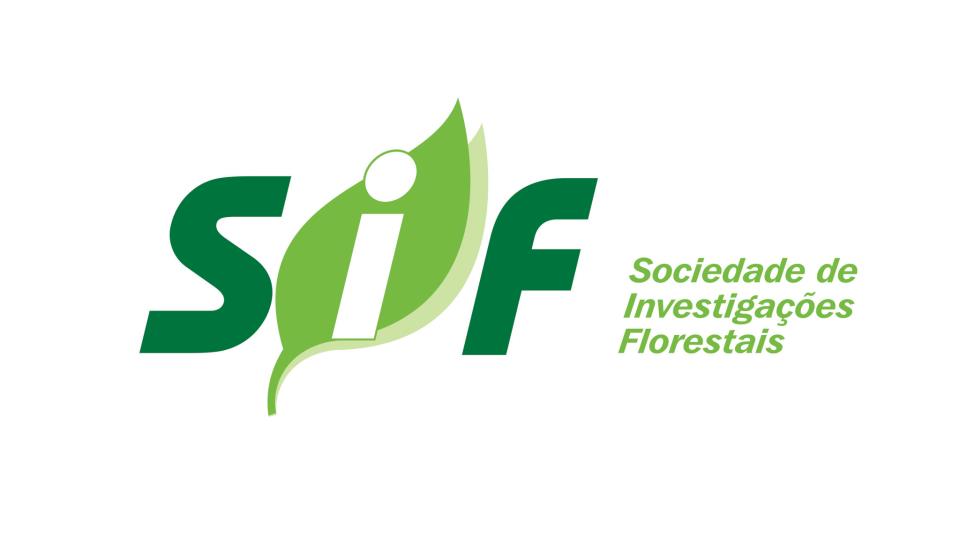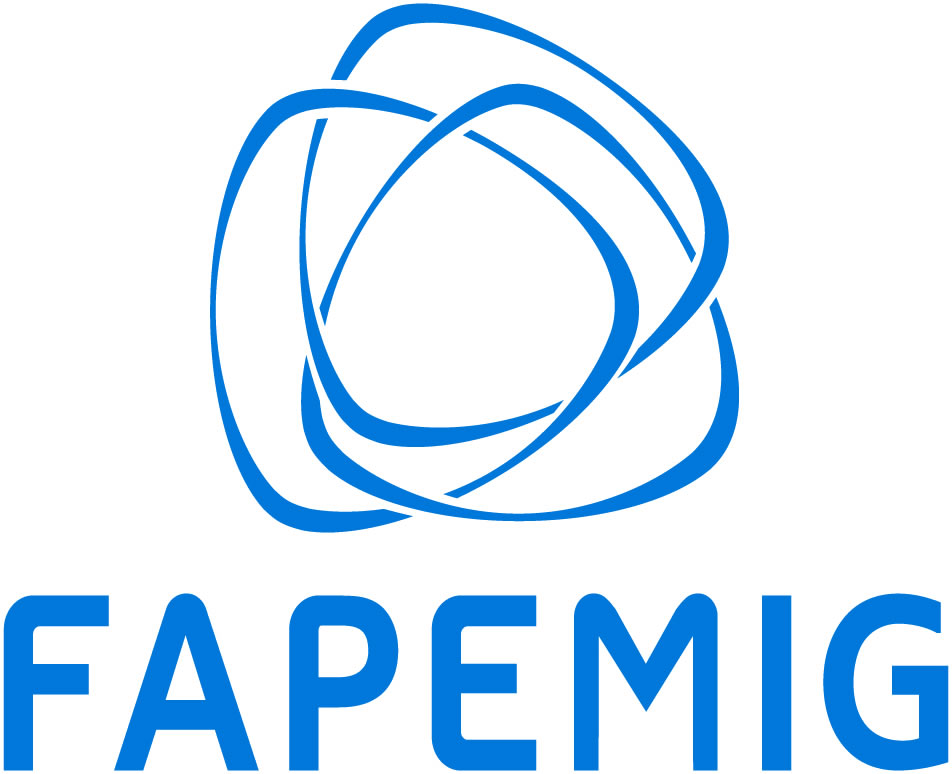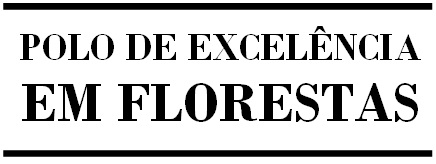| dc.contributor.author |
Meira, Messulan Rodrigues |
|
| dc.contributor.author |
Cabacinha, Christian Dias |
|
| dc.date.accessioned |
2016-06-23T14:10:43Z |
|
| dc.date.available |
2016-06-23T14:10:43Z |
|
| dc.date.issued |
2016 |
|
| dc.identifier.citation |
MEIRA, M. R.; CABACINHA, C. D. Manejo sustentável do barbatimão no norte de Minas Gerais. Floresta e Ambiente, Rio de Janeiro, v. 23, n. 1, p. 61-69. 2016. |
pt_BR |
| dc.identifier.issn |
2179-8087 |
|
| dc.identifier.uri |
http://www.bibliotecaflorestal.ufv.br:80/handle/123456789/17864 |
|
| dc.description.abstract |
Neste estudo objetivou-se avaliar o manejo para a espécie Stryphondendron adstringens a partir de diferentes intensidades de cortes seletivos com controle por classe de diâmetro no norte de Minas Gerais. A produção estimada para elaboração dos planos foi obtida a partir de equações para peso seco de casca e volume de madeira para uma área de 31,28 ha e considerando uma demanda comercial de 7.000 kg. ano-¹ de cascas. De posse da produção foram simulados dez planos de manejo pelo método GDq. Os planos foram compostos pela remoção de percentuais de área basal (G), em múltiplos de dez a partir de 10% de remoção de G, até o corte raso, totalizando dez planos. Os resultados obtidos mostraram que a colheita sustentável deve ser realizada dentro do intervalo de 40 a 70% de remoção de G, que apresentaram respectivamente as seguintes produções de cascas e volume: 224,00 kg-ha-¹ e 367,16 kg-ha-¹; 0,63 m³-ha-¹ e 1,06 m³-ha-¹. Conclui-se que o manejo sustentável do barbatimão no norte de Minas Gerais é viável dentro dos intervalos de remoção de 40 a 70% de área basal a partir do controle da colheita pelo método GDq. |
pt_BR |
| dc.description.abstract |
This study aimed to evaluate the management for the Stryphnodendron adstringens species from different intensities of selective cuts with diameter class control in the northern Minas Gerais state. The estimated production for preparation of the plans was obtained from equation for dry weight of bark (kg) and timber volume (m³) for an area of 31.28 ha and considering a commercial demand of the 7,000 kg.ha-¹ of the barks. Ownership production were simulated ten management by GDq method. The plans were in multiples of ten from 10% removal G, up to clear cutting, totaling ten plans. The results indicated that the sustainable haverst should be carried within the range of 40 to 70% removal of basal area, which respectively showed the following productions backs and volume: 224.00 and 367.16 kg.ha-¹; 0.63 m³.ha.-¹ and 1.06 m³.ha-¹. Therewith we conclude that the sustainable management of barbatimão in the northern Minas Gerais state is viable within the removal ranges from 40 to 70% of basal area starting from the control of the havest by GDq method. |
pt_BR |
| dc.format |
9 páginas |
pt_BR |
| dc.language.iso |
pt_BR |
pt_BR |
| dc.publisher |
Instituto de Florestas, Universidade Federal Rural do Rio de Janeiro |
pt_BR |
| dc.relation.ispartofseries |
Floresta e Ambiente:v.23,n.1; |
|
| dc.subject.classification |
Ciências Florestais::Manejo florestal |
pt_BR |
| dc.title |
Manejo sustentável do barbatimão no norte de Minas Gerais |
pt_BR |
| dc.title |
Sustainable management of barbatimão in the northern Minas Gerais state |
pt_BR |
| dc.type |
Artigo |
pt_BR |







